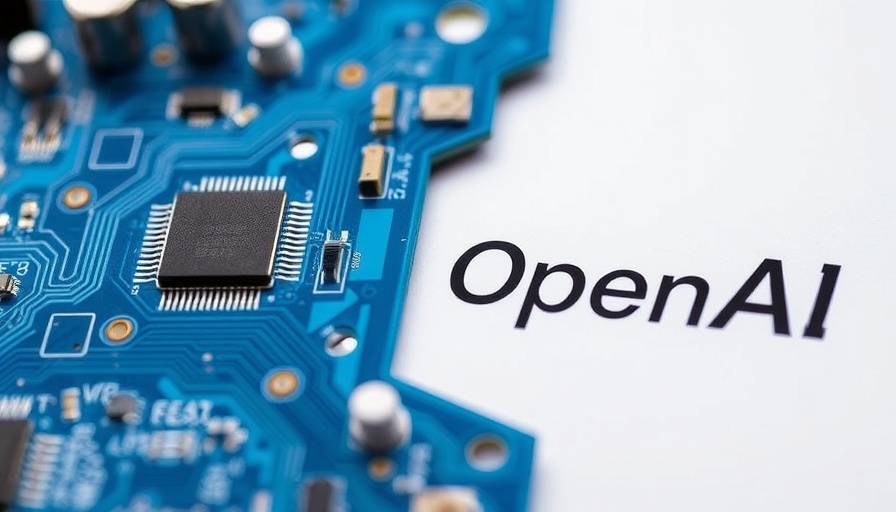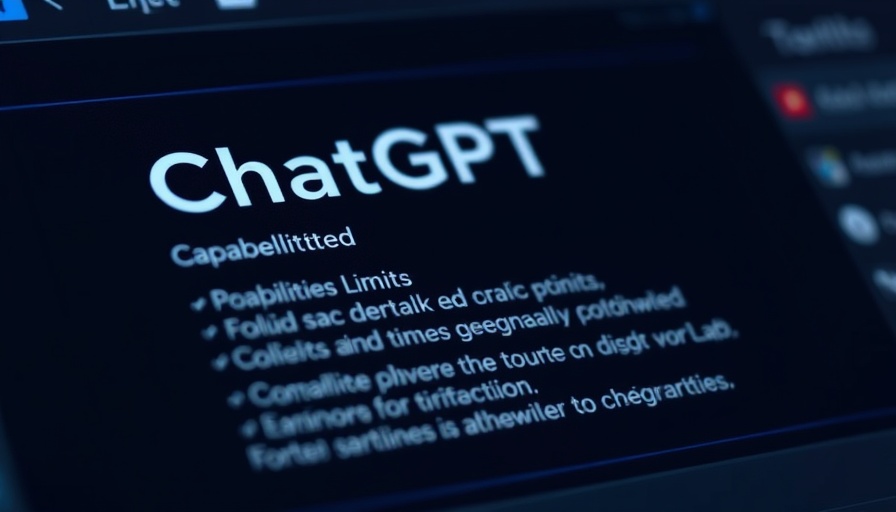
OpenAI's o1-pro AI Model: A New Era of Reasoning Technology
On March 20, 2025, OpenAI took a significant step forward in the AI landscape by unveiling its latest model, known as o1-pro. This advanced version of the original o1 model promises enhanced reasoning capabilities, but at a steep price. With a cost of $150 per million tokens for input and $600 for output, the financial barrier raises questions about accessibility and the willingness of developers to adopt this new technology.
OpenAI asserts that o1-pro utilizes more computing power than its predecessor, aimed at providing "consistently better responses" to challenging inquiries. According to an OpenAI spokesperson, this model has been developed in response to frequent requests from developers seeking higher performance. However, the initial reception has not been as positive as anticipated; early users have encountered challenges with basic tasks.
How Does o1-pro Compare to Previous Models?
In examining the performance of o1-pro, comparisons have been drawn to other models including GPT-4.5 and the original o1 model. Interestingly, some internal tests revealed that o1-pro performed only marginally better than o1 when tackling coding and mathematical problems. This slight edge does come with a caveat: lower than expected performance on tasks such as Sudoku puzzles and optical illusions, where users reported frustration instead of the anticipated benefits.
The Financial Implications for Developers
For many developers, the decision to invest in the o1-pro model may hinge on its practical value. The cost, which is reportedly double that of GPT-4.5 and tenfold the standard o1 model, poses a significant investment for developers already navigating the competitive landscape of AI innovation. Many may find it difficult to justify such an expenditure without clearer indications of superior performance that aligns with OpenAI’s assertions.
Moreover, this pricing structure introduces apprehension among users. OpenAI's strategy appears based on the belief that the improved capabilities will ultimately justify the expenses, but the divide in user experience raises questions about practicality and value.
User Experiences: Feedback on o1-pro
Since its introduction, user feedback has played a critical role in shaping perceptions of o1-pro. While developers may have hoped for transformative capabilities, many have been left disappointed due to performance hiccups on basic tasks. The ability to tackle simple optical illusions and Sudoku puzzles isn't just a novelty; it reflects the model's applicability in real-world scenarios. These disappointments suggest a disconnect between expectations and the actual user experience with the new model.
Future Predictions: What Lies Ahead for OpenAI?
As the competition in AI continues to heat up, questions arise about the future trajectory of OpenAI and its models. With tech giants like Nvidia and startups such as Anthropic advancing their own AI technologies, how will OpenAI maintain its edge? Will o1-pro evolve to resolve its user experience issues, and can it adapt quickly enough to meet market demands?
Furthermore, as developers weigh their options, OpenAI must refine its offerings to ensure that it remains a preferred choice. Exploring the implications of user feedback, continued refinement of algorithms, and regular monitoring of performance metrics will be vital for the model’s future success and respect in the AI community.
The Value of Understanding Advanced AI Models
For AI enthusiasts, the launch of o1-pro presents an opportunity to examine how technology shapes not only the future of engagement with AI but also the underlying principles governing its development. With the complexity of models continuing to increase, gaining insights into the technical decisions made by organizations such as OpenAI can foster a greater understanding of the AI landscape.
By analyzing and dissecting these advancements, users can better advocate for improvements that enhance usability while demanding greater accountability from developers regarding model performance. The engagement in these discussions is essential not only for professional developers but also for those passionate about the evolution of AI technologies.
If you care about the trajectory of AI advancements, staying updated on developments such as OpenAI's o1-pro model will provide insights into how future technologies might impact various sectors. Keep an eye on OpenAI's responses to user feedback and industry trends as they roll out improvements—all of which could shape your understanding as an AI enthusiast.
 Add Row
Add Row  Add
Add 




 Add Row
Add Row  Add
Add 

Write A Comment